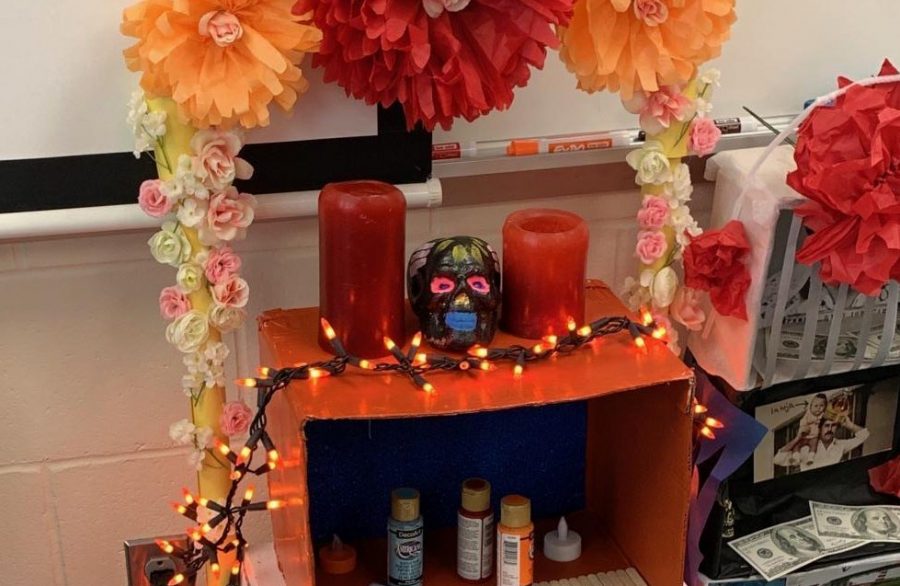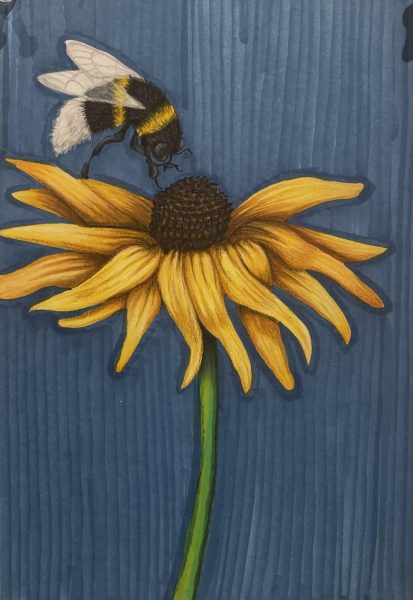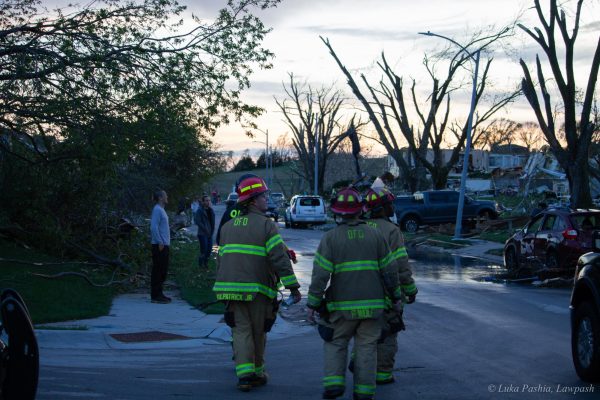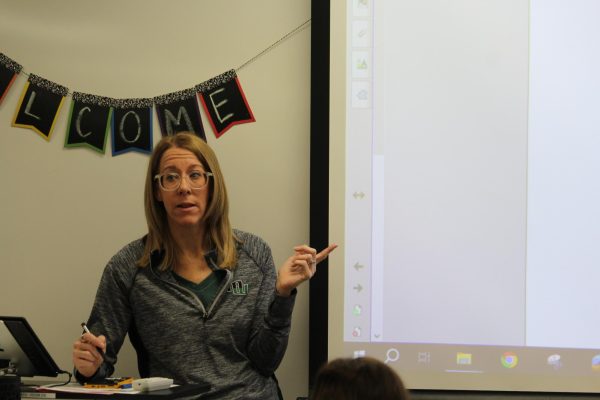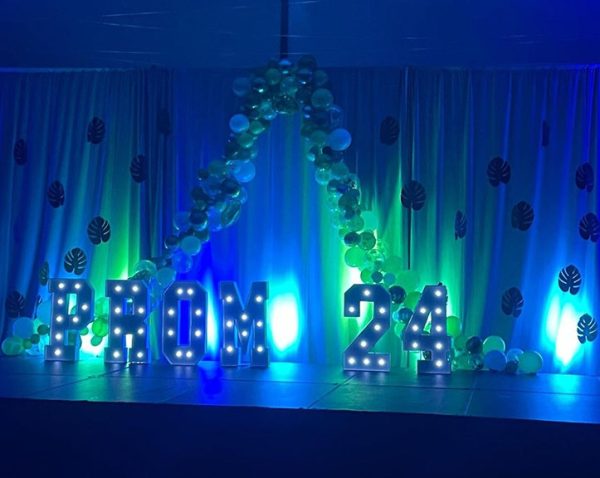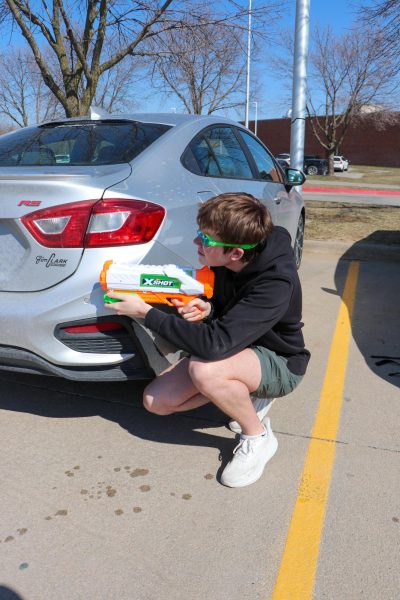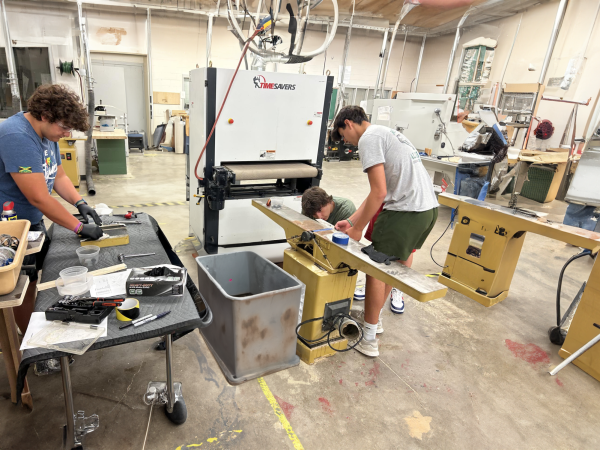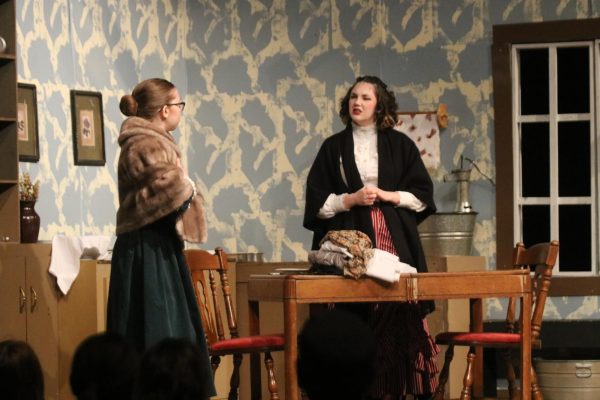Operation Ofrenda
Students immerse themselves in Spanish culture through Day of the Dead festivities
This is the winning Ofrenda of Sra, Kaiser’s second block class. Juniors Kaitlin Reynolds, Alaina Anderson and Karson Koubsky used their creativity along with their knowledge of the culture to participate in this Day of the Dead activity.
November 11, 2019
From October 29th to November First, Spanish III students created Ofrendas in order to celebrate Day of the Dead.
Day of the Dead is a celebration of the deceased on November 1st and 2nd throughout Hispanic countries. During this time, families welcome back loved ones from the dead. Building an Ofrenda is one way to do this. An Ofrenda is an altar built to honor a deceased person by placing food, their favorite things and other traditional Ofrenda items. It is believed that the spirit of the deceased person will come back to the land of the living during the time of the festival, so the Ofrendas are filled with items the person would have enjoyed while he or she was among the living.
Each year, Spanish III teacher Lindsey Kaiser has her students create an Ofrenda commemorating a famous Hispanic’s life. To spice up the project, Kaiser made it a competition between each group to see who could make the best alter. Other Spanish teachers could then vote on which one is their favorite.
First the class chose the person they wanted to commemorate. Then each group got right to working on the ideas they wants to incorporate throughout the tiers of their altar.
“My group chose to do our alter on Frida Kahlo because she was someone we already knew about and but we wanted to learn more about her through the project,” sophomore Alaina Anderson said. “To prepare to make our Ofrenda we had to organize who would bring what items and how we were going to organize our structure.”
The alters were built with the use of cardboard boxes as a base and a variety of other materials to decorate the Ofrendas accordingly.
“My group incorporated a mock Frida Kahlo painting which I painted myself, papel picado, lights, candles, pan de muerto and a lot of different flowers,” sophomore Kaitlin Reynolds said.
The winning group from each class was then awarded five extra credit points to be used on any quiz throughout the semester.
“Because it was a competition, my group was very motivated to win, so we worked extremely hard to have the best Ofrenda,” Reynolds said. “My hard work and time spent outside of class paid off, because my group ended up winning in our class.”
This project was a way for students to use their creativity while diving deeper into a hands-on project involving the culture they are learning about.
“I assign this project during the Fall because I love how it allows the students to learn about something so special and important to the Hispanic culture,” Kaiser said. “I also love that they focus more on the celebration of life and how each Ofrenda is unique to that individual. Our classes are filled with a lot of content grammatically, so I enjoy watching the creativity of my students and allowing them to work together on something unique.”
According to the Smithisonian, Day of the Dead originated in ancient Mesoamerica after the arrival of the Spanish. The holiday is a celebration of life not death and it is often confused with Halloween. The Ofrendas are a significant aspect of the holiday because they honor the deceased person’s life.
The projects were successful once again this year. Students actively learned as they constructed their Ofrendas and Sra. Kaiser will continue to assign this cultural project in future fall semesters.

